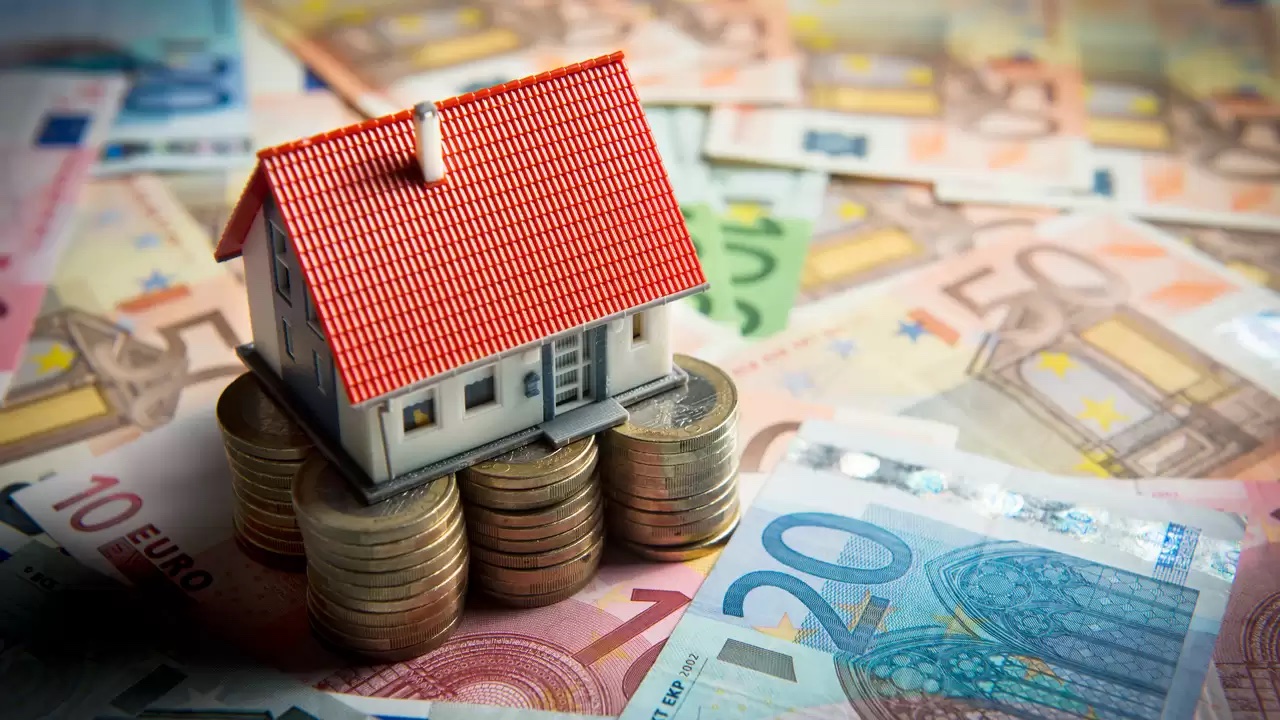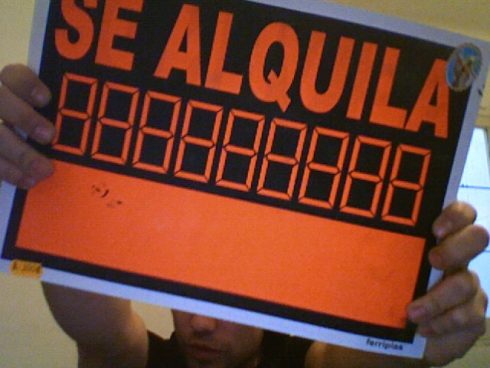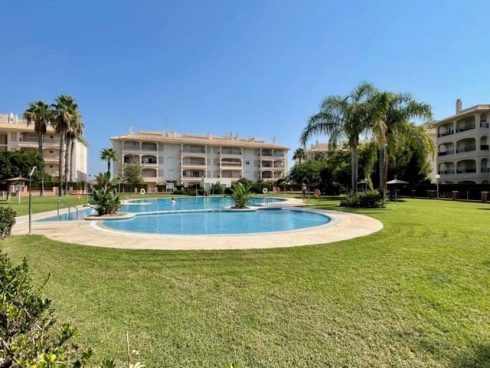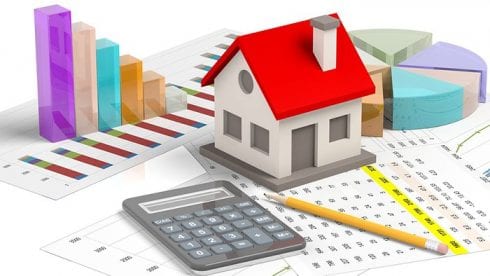IN our current climate of instability, lots of people have lots of questions about the Spanish real estate market and what it means for them. Should they sell now before prices fall? Should they wait to buy until prices fall? Will prices fall at all? And, are we set for another crisis like 2008?
The short answer is this is not “another 2008” for many reasons. Let me explain.
A cynical Costa del Sol estate agent may take inspiration from the movie of David Mamet’s masterpiece Glengarry Glen Ross, in which Alex Baldwin distills his knowledge of the real-estate business to the famous acronym, ABC – Always Be Closing. However, there’s a new acronym, UBC – (Ukraine, Brexit, Covid), to which I would add two I’s, inflation and interest rates (UBIIC?) that threatens to burst the current boom…or does it?
Against the apparent negative backdrop of UBC, the Costa del Sol real-estate market has reached record levels of transactions and, in some locations, prices have risen as well. In Marbella and Estepona, for instance, we see increases in sales compared to the first quarter of 2019 (the last comparable quarter with no Covid restrictions), of 57% and 102%, respectively. In Malaga province as a whole, prices rose year-on-year by 7.6%, at least keeping pace with the general inflation rate.
INTEREST RATES & INFLATION
Nonetheless, in the news and in the forefront of many people’s minds, speculation has settled on the two I’s – inflation and interest rates – and whether these will spell trouble for the property market. The US has already seen interest rates produce a negative effect on the US real estate market, where transactions have contracted.
There, interest rates for fixed-rate mortgages have shot up from around 3% to nearly 6% (in Spain, fixed-rate mortgages can still be found for just over 2%). Not surprisingly, this is having an impact on both sales and prices, as households are able to carry less debt in the face of higher interest rates. Here in the Costa del Sol, the effects of inflation are likely to be most felt, in the short to medium term, in the rising cost of new construction. This will have less of an immediate impact on resale homes, which already have costs “baked in”, though, if you need to remodel a resale home, the rise in inflation will be felt.
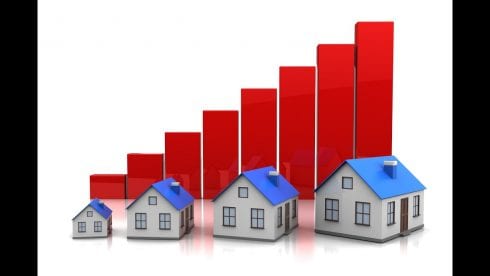
In addition to the uncertainty of how the conflict in Ukraine could escalate, the most immediate effect is to drive various inflationary forces, especially fuelcosts, which then will add to upward pressures. This will, again, hit new-build prices hardest. As for Brexit, while it has contributed to a decline of British home buyers in Spain, as a percentage of all foreign property purchases, the largest drop actually happened before Brexit.
In 2015, Brits made up about 22.5% of foreign home purchases in Spain. By the beginning of 2018 – before Brexit – that had fallen to below 15%. Brits now make up about 12% of the market. However, in the same time period, Germans have risen from about 7% to almost 10% and both Moroccans and Swedes have grown from around 2% to about 6% of foreign property buyers.
Those percentage numbers also hide the fact that buyers from all the major purchasing countries have rebounded in total number of sales. The UK is still below its peak in 2016 but, if current trends hold, it will have returned to previous sales numbers within two years. So, we’re seeing a mix of indicators, which can be confusing. With that in mind, I’d like to suggest a new acronym to make sense of current trends and to have some predictive power, DSC. Let’s look at each of these.
D IS FOR DEBT
The figures quoted above about US interest rates come from a recent article in The Economist. In this article, it was pointed out that while there are headwinds in the US market, the landscape is vastly different to the last crisis. As the author states: “The total value of mortgage debt is around 65% of household income, compared with nearly 100% in 2007.”
This is the same in Europe and particularly in Spain where banks, their lessons learnt the hard way from the last crisis, have restricted loan-to-value lending to sensible levels. In fact, my first-hand experience is that very few buyers on the Costa del Sol use a mortgage unless for fiscal reasons.
There is also the fact that the majority of homeowners with mortgages are locked in to extremely low fixed-rate mortgages. This is borne out by the numbers. According to data from the College of Property Registrars, about 60% of home buyers in Andalusia have fixed-rate mortgages. This is a massive sea change from pre-2007, when effectively 100% of mortgage holders held variable-rate mortgages.
Because of this, even if the ECB raises interest rates in line with those in the US, we won’t see the kind of massive defaults we saw in 2007. That means the market won’t be flooded with forced sales at bargain-basement prices. In addition, the housing carrying cost for homeowners has fallen from over 50%, prior to the crisis, to a stable and sustainable 30% in Andalusia. Spaniards now also have higher levels of savings and lower debt loads in general. So, I’m not expecting a deluge of new properties to the market for quite some time. Which leads to our next letter:
S IS FOR SUPPLY
The negative effects of low supply have been well documented, leading to inflation in many types of assets from secondhand cars to housing. Supply in the Marbella property market is a huge problem. It used to be the case that, in any given development, there would be 5% of stock available, giving buyers a reasonable amount of choice. In the current market, in many developments we are down to 1-2% stock availability and, for the reasons above, the landscape looks likely to remain this way for some time. Basically, you have a combined situation of sellers not selling, while demand continues to rise.
One of the effects of the Ukrainian conflict has been to increase Scandinavian interest in buying a second home in Andalusia, “just in case”. This reinforces what was already a trend in the market, which has led to the growth of a sizable Scandinavian community on the Costa del Sol and in Alicante.
C IS FOR COVID
More than anything else, Covid has dramatically changed the real-estate market, as there have been huge demographic shifts in work as well as housing. Many companies are finding that their employees, who have tasted the exotic fruits of freedom, are reluctant to change their new-found homeworking lifestyle. According to studies, around 18% of workers in the EU now work remotely. In Spain, the number of remote workers has surpassed 1.7 million.
The lifestyle change brought on by the pandemic has been nothing short of a cultural revolution, similar to the mass production of cars and the change in living and working habits this brought about (think suburban America). Beliefs that this change is temporary seem mistaken, as the sheer numbers of lifestyle buyers coming to Spain attests. This is a trend set to continue and which is reinforced by Spain’s introduction of a digital nomad law to make relocating to Spain for remote work much easier.
Ten years ago, most purchasers were holiday home buyers, spending summers or a few weeks in winter in the sun. Today, an enormous number of buyers are lifestyle buyers. These are people looking to radically alter their lives by spending more and more time in the sun, living and working from home or running their business from afar.
FROM DSC TO USP
Back to where we started. There are very good reasons to be concerned about the state of the world and, for our purposes, its potential impact on the real-estate market. However, many of these anxieties arise from wrongly believing the current moment is a parallel to the 2008 crisis.
In addition to the statistics, I believe the USP – unique selling proposition – of lifestyle pockets such as the Costa del Sol,mean they will continue to attract a significant amount of lifestyle buyers; retirees, digital nomads, start-up entrepreneurs, and more. This will remain true, as evidenced by current sales numbers and buyer interest, to the extent that these beautiful pockets of sun weather the oncoming storms and remain sunlit, flourishing refuges.
Of course, how could you expect an estate agent to remain anything but confident (ABC)? Whether my optimism is well-placed, time will tell. But with record numbers of tourists predicted this summer and Costa del Sol hotels at 100% occupancy, many more people will discover the charms of the Spanish lifestyle and choose to stay long after their holidays are over.
You can contact Adam Neale at terrameridiana.com.
READ MORE:
- ANALYSIS: House prices increased across the world in 2020 but Spain is different, writes real estate agent Adam Neale
- Coronavirus will rip a few roof tiles off Spain’s property market but it’s resilient enough to escape structural damage
- Property is a safe house for investors in the time of Spain’s coronavirus crisis, writes agent Adam Neale

